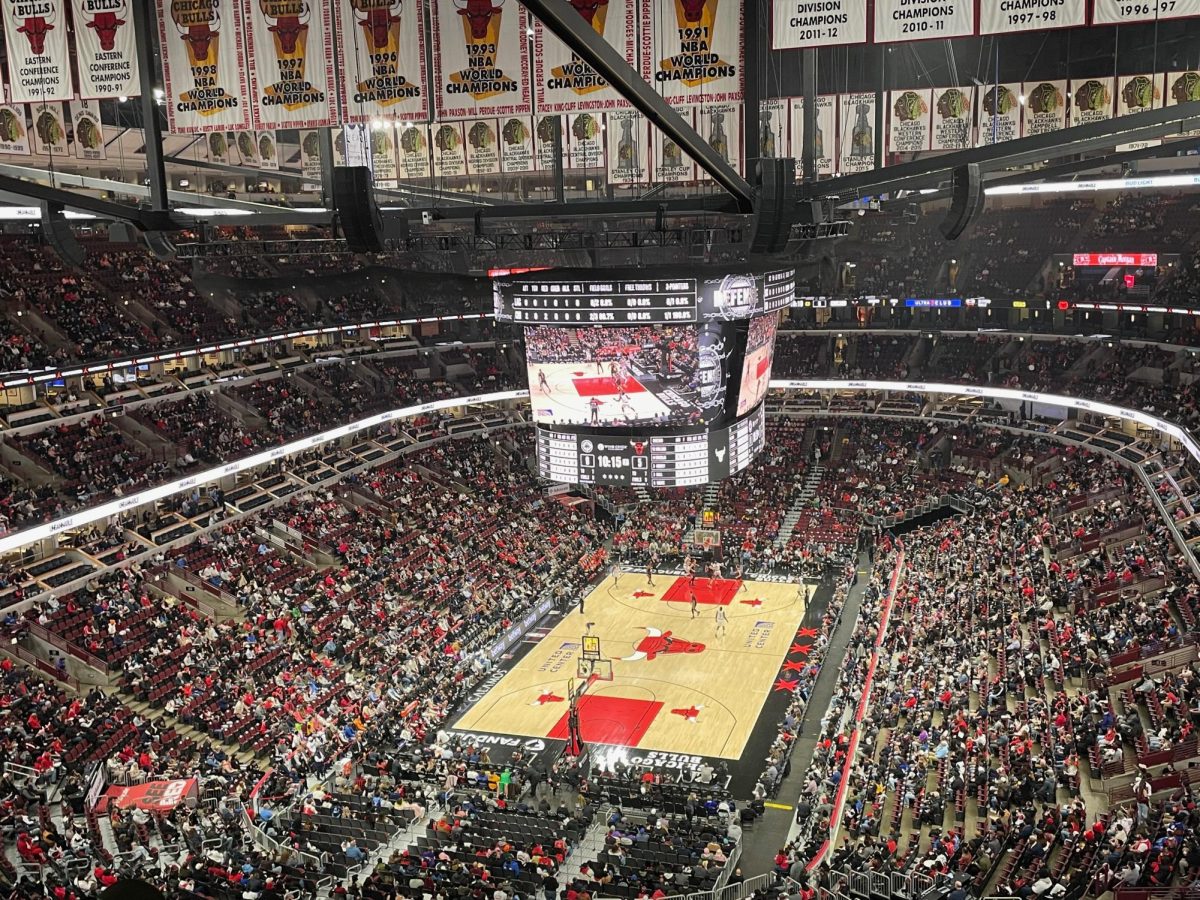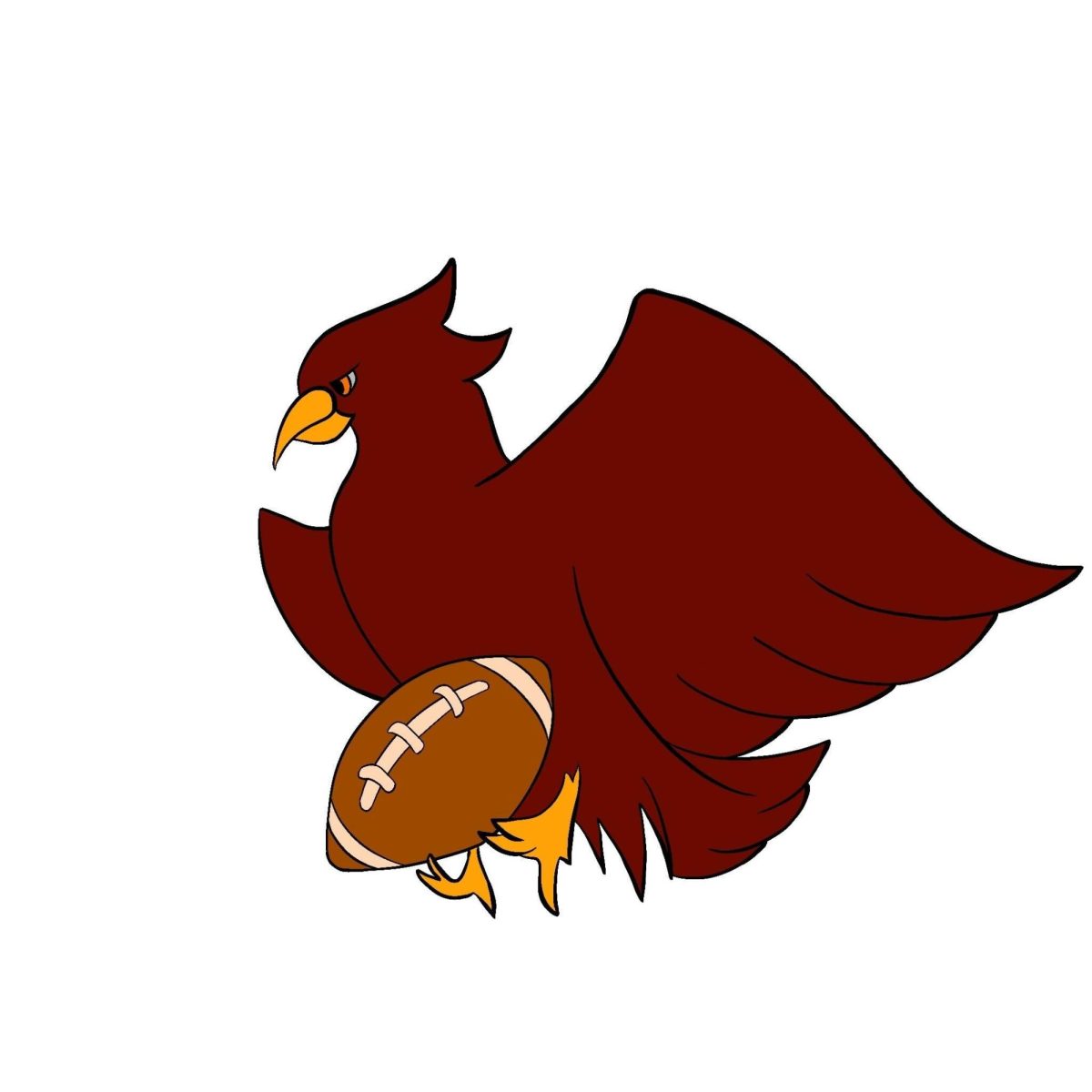Undersized and ice-cold from the floor, men’s basketball dug itself a hole too deep to climb out of against arch-rival Wash U.
Taking on the 24th-ranked Bears in the UAA opener for both squads, the Maroons fell 70–59 in front of an evenly split, near-capacity crowd Saturday at Ratner. Playing without the services of third-year center Tim Reynolds, who is out for at least three weeks with a broken foot, Chicago hoped that a coalition of big men and steady guard play would keep the squad in the game. An abysmal shooting display in the first half changed all of that.
From the opening whistle, it was evident that size was a weakness the Bears were more than ready to exploit. Wash U third-year forward Troy Ruths used his 6-foot-6, 235-pound frame to power past the Maroons’ defense and force second-year Tom Watson, Reynolds’s replacement in the low post, to the bench with three fouls in the first six minutes.
“It was their day, not ours, and we just need to do whatever we can to make sure that doesn’t stick with us too much, and move forward,” head coach Mike McGrath said.
Surrendering 11 unanswered points to start the game, the Maroons finally got on the board at the 14:55 mark with a layup from third-year guard Nate Hainje, but went another four minutes before scoring again.
A pair of three-pointers from fourth-year guard Drew Adams on successive possessions narrowed the deficit to 11 at 19–8 and appeared to give the squad a bit of a spark midway through the half, but that was as close as the home side would get until the final minutes of contest. The Maroons were unable to put together back-to-back buckets until the midway point of the second half, when Hainje and first-year Jake Pancratz buried treys on consecutive possessions.
After losing forwards Clay Carmody and Jason Hicks (A.B. ’06) in the off-season, the Maroons have been uncommonly reliant on the outside shot for their offensive firepower through the first month of the season. Over half of the squad’s field goal attempts this season have come from beyond the arc, and the Maroons rank first in the UAA in three-point field goals made. Saturday, the reliance on the outside shot proved to be costly.
“What they did a better job of was just taking us out of our rhythm. Defensively, they were very, very active. They got their hands on a lot of balls and kind of just took our rhythm away a little bit,” McGrath said.
With the inside-outside combo of Ruths and second-year guard Sean Wallis submitting dominant performances, the Bears led by as many as 23 and entered the break with a 41–22 lead and the game seemingly in hand.
“I think that when you’re dealing with a situation like that, the shots are harder to make, but when I watched the tape I felt like we missed some shots that quite often we make,” McGrath said.
With a field goal percentage floundering in the single digits for much of the first stanza, Chicago went into intermission having shot a paltry 23.1 percent from the floor and only two assists total. Wallis’s counterpart for the Maroons, fourth-year Jesse Meyer, suffered one of the worst shooting performances of his stellar career. The school’s all-time leader in three-pointers made, Meyer finished the contest 1-for-10 from distance and 1-for-11 overall for five points. He was not alone in his perimeter struggles, as classmate Brandon Woodhead went 1-for-5 from downtown and fourth-year forward Jason Vismantas came up empty in three attempts.
“We missed shots, but there were stretches during the game in which we just didn’t compete,” Meyer said. “One thing we tried to do at the half was just be more aggressive on the offensive end, because we let our missed shots get to us. It is what it is, and we move on.”
Things settled down in the second half, as some defensive adjustments and a more focused offensive approach helped the Maroons claw back into the game, but it was too little too late.
Opting for a longer player to guard the red-hot Wallis, McGrath switched Woodhead onto the Bears’ guard. Wallis, who had 17 points on six-of-eight shooting in the first half, had only eight in the second half, but Chicago still had no answer for Ruths on the inside.
“Ruth is very quick for a guy his size,” McGrath said. “A couple of times he caught the ball when we were in good position defensively, and he was able to get around us with his quickness.”
Leading all scores, Ruths finished the game with 28 points and seven boards, while Wallis submitted an impressive line of 25 points, six rebounds, and six assists. Hainje finished the contest with 20 points on seven of 11 shooting, with two rebounds. Wash U, typically a weak rebounding squad, used its height advantage to clean the glass Saturday, outrebounding the hosts 31–20.
After the chaotic first period, Chicago’s playmaking guards became more assertive as the game progressed, as Woodhead and Hainje were able to penetrate off the dribble and create more scoring opportunities. The Maroons appeared to stir the home crowd to life with an eight-point run midway through the half, but Wallis answered with a three to put a damper on Chicago’s momentum. From that point onward, Chicago fought a losing battle with the clock and was unable to cut the lead to single digits.
“I felt in the second half we did a good job of just continuing to play really hard and compete, and as I look back on it they played really, really well and we didn’t play our best,” McGrath said. “The score shows that. I’m not sure that that’s something that’s going to happen significantly this year.”
Hitting the road this weekend for matchups with Emory (7–4, 1-–0) and Case (4–8, 0–1), the Maroons will look for a return to their early season form as the UAA season heats up.








